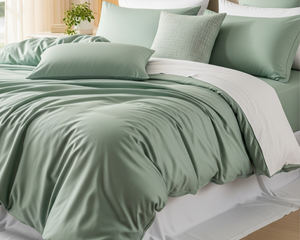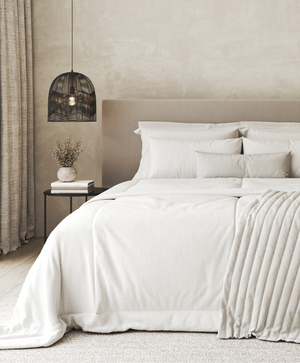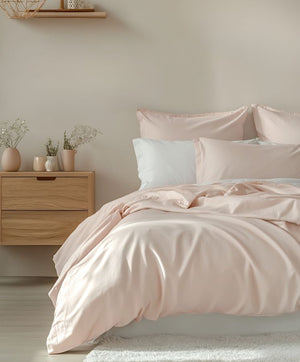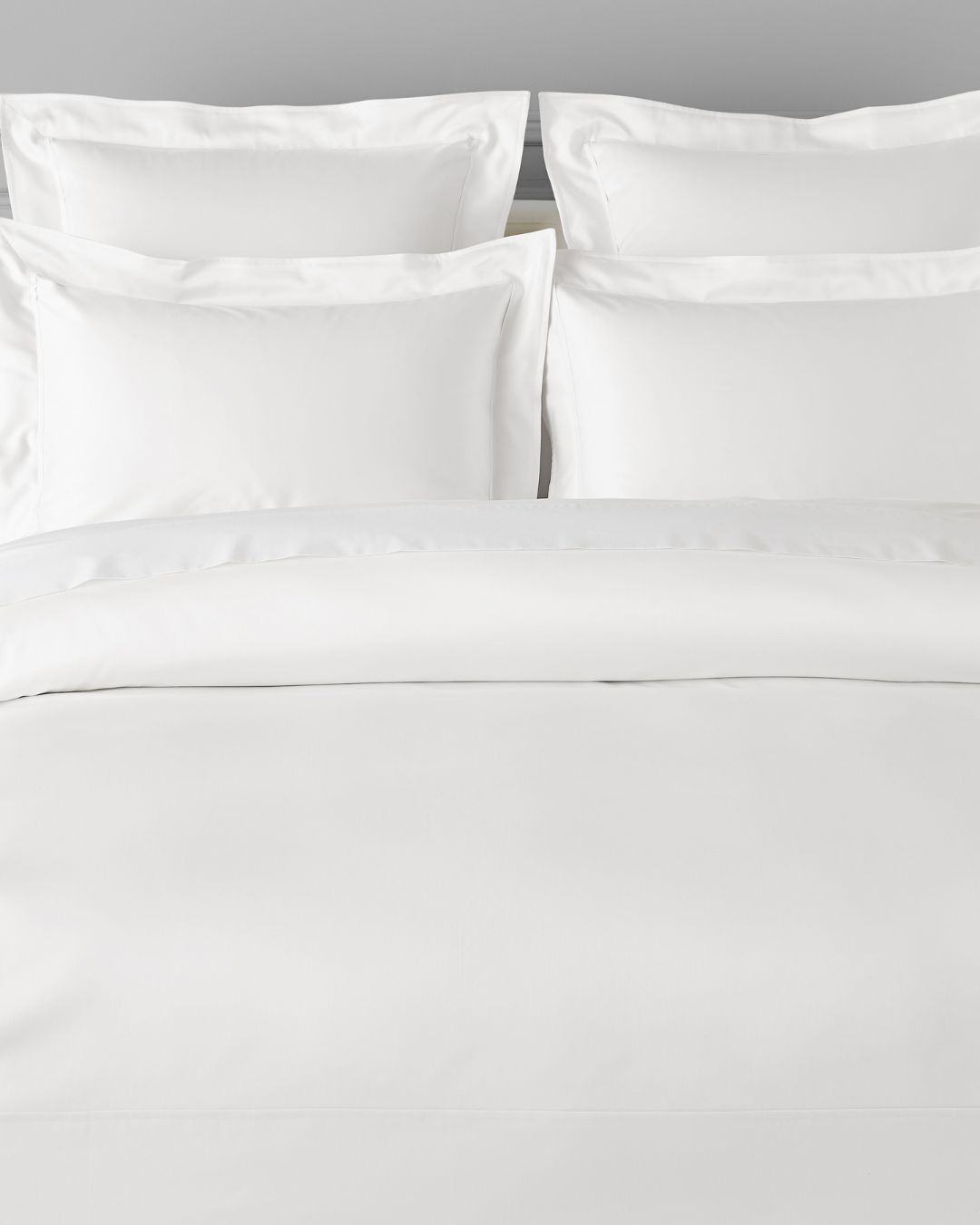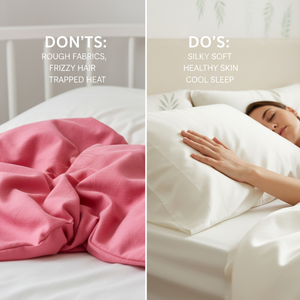Introduction: Why Your Bedding Has an Expiration Date
When was the last time you bought a new pillow or replaced your duvet? If you can’t remember, you may be overdue for a refresh. Replacing your bedding isn't just about making your bed look luxurious; it's a vital step for hygiene, comfort, and achieving high-quality sleep. Here is a definitive guide on the lifespan of everything on your bed.
1. Bedsheets (Sheets and Pillowcases)
Replacement Frequency: Every 1 to 2 Years
Your sheets are the front line against sweat, dead skin cells, and body oils. Even with weekly washing, the constant friction and exposure take their toll:
-
Degradation: Over time, fibers break down, leading to thinning, pilling, and a rougher feel. Choosing high-quality materials like Bamboo Lyocell or a durable sateen can significantly slow this process, potentially extending the usable life past the two-year mark.
-
Staining & Fading: They lose their pristine look, often showing permanent yellowing or staining that washing can’t remove.
-
Hygiene: While washing kills germs, the sheer volume of microscopic debris trapped in the fibers makes it difficult for even the best washing machine to fully sanitize a sheet set that has reached its lifespan.
Pro Tip for Longevity: To maximize the lifespan of your luxury sheets, consider having three sets in rotation: one on the bed, one in the laundry, and one in the closet.
2. Pillows
Replacement Frequency: Every 1 to 2 Years
Pillows generally have the shortest lifespan of any bedding item. They are sponges for dead skin cells, dust mites, mold, and mildew, which can significantly increase their weight over time.
-
Support Loss: A pillow's main job is to provide proper head and neck support. Once a pillow begins to flatten or clump, it compromises spinal alignment, often leading to neck pain and sleep disruption.
-
The Check: To confirm your pillow is due for retirement, try the "fold test." If you fold it in half and it doesn't immediately spring back to its original shape, it's time to invest in a replacement.
3. Comforters and Duvet Inserts
Replacement Frequency: Every 5 to 7 Years
A good quality comforter or duvet insert is a serious investment and is designed to last a long time, thanks to the protection of the duvet cover.
-
Fill Integrity: The filling (whether down or synthetic fibers) eventually breaks down or shifts, leading to clumping, "cold spots," and a reduction in its insulating power and overall loft.
-
Hygiene: Although protected, comforters still absorb some moisture. We recommend professional cleaning or washing according to the label every year. After five to ten years, the internal buildup of allergens may begin to affect your sleep quality.
Note: Duvet covers should be treated like sheets and replaced every 1 to 2 years due to the same daily wear and tear.
4. Mattress Toppers and Protectors
Replacement Frequency:
-
Protector: Every 1 to 2 Years
-
Topper: Every 3 to 5 Years
-
Mattress Protectors are vital for hygiene but wear out quickly due to frequent washing. They should be replaced once the protective or waterproof barrier shows signs of cracking or degradation.
-
Mattress Toppers (made of memory foam or fiberfill) should be replaced when you notice significant compression, lumps, or a loss of cushioning, which generally occurs after three to five years of use.
By adhering to this simple replacement schedule, you ensure your entire sleep environment remains clean, supportive, and truly luxurious—the perfect foundation for your best rest.



